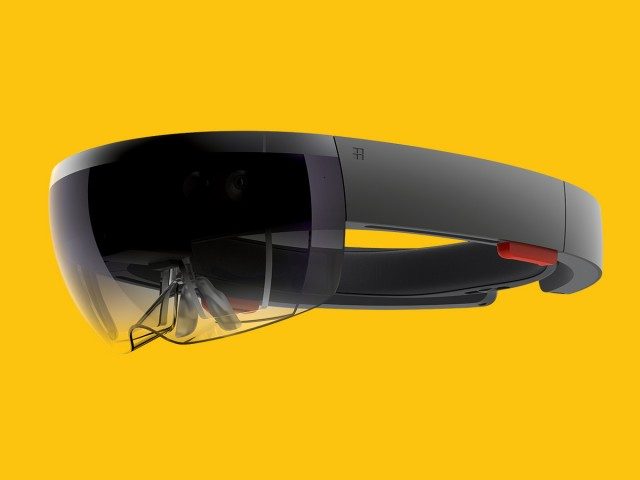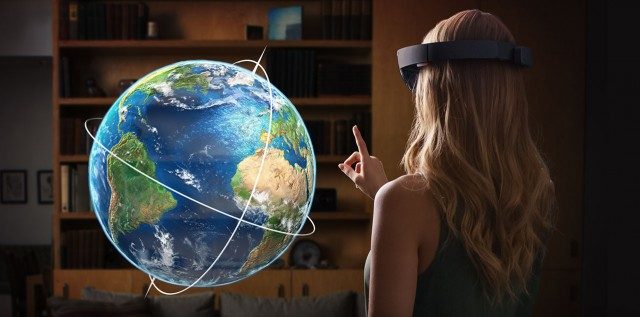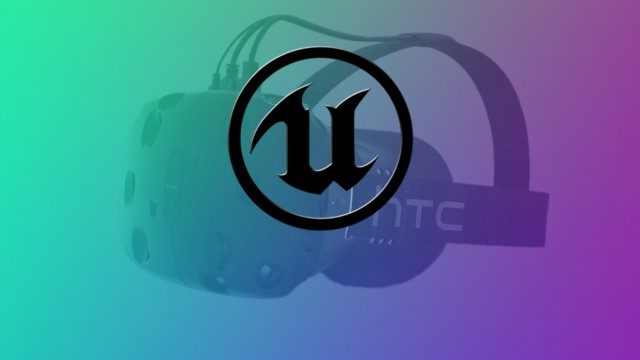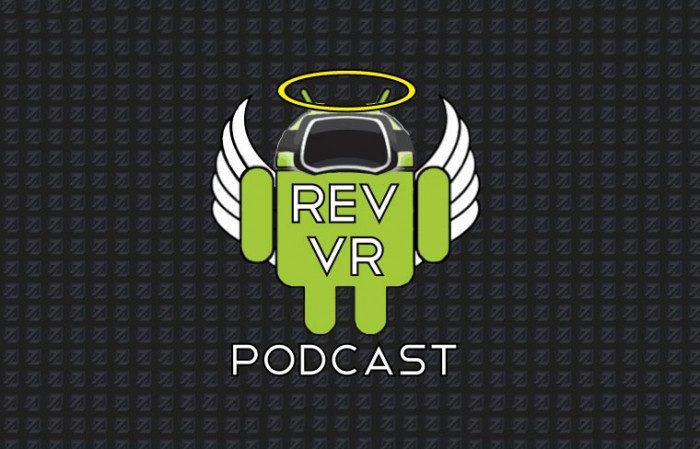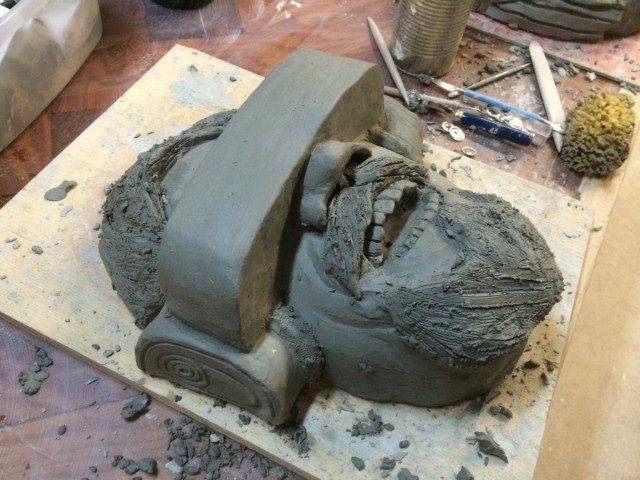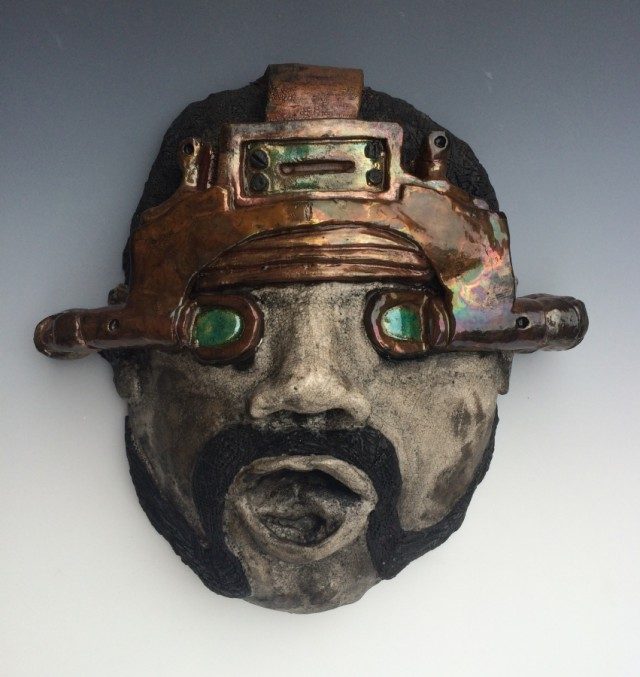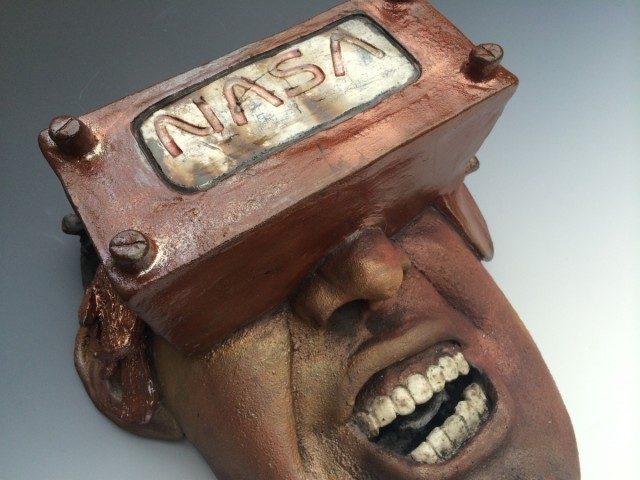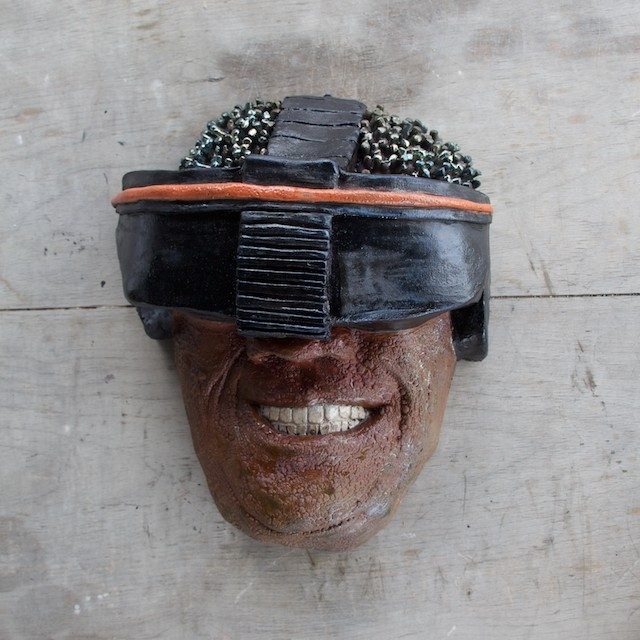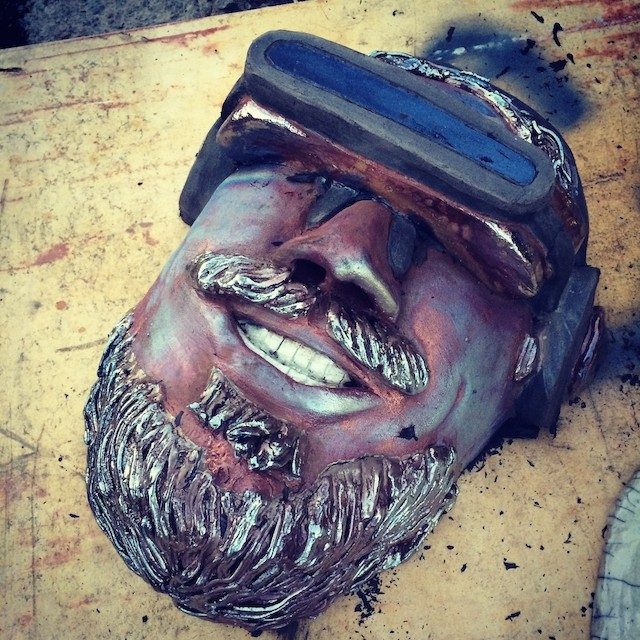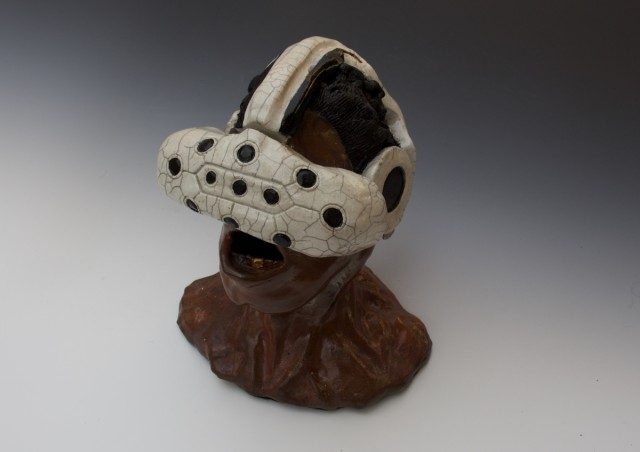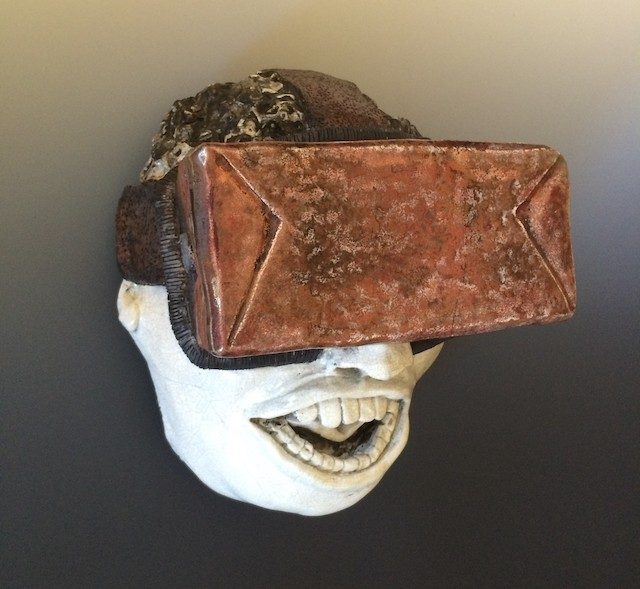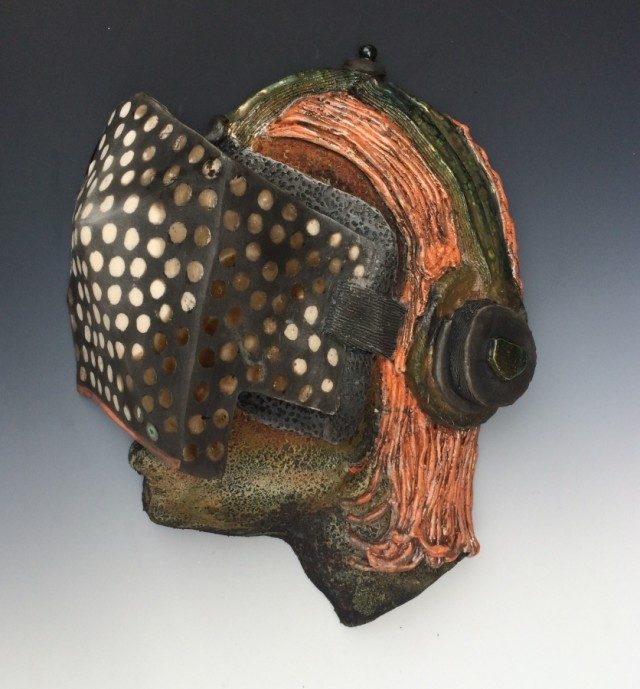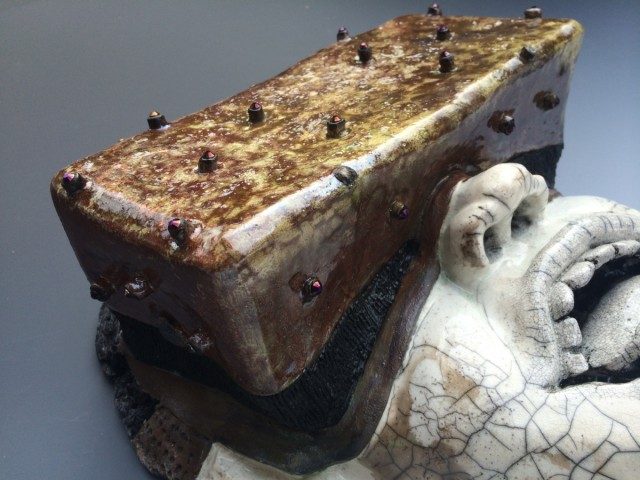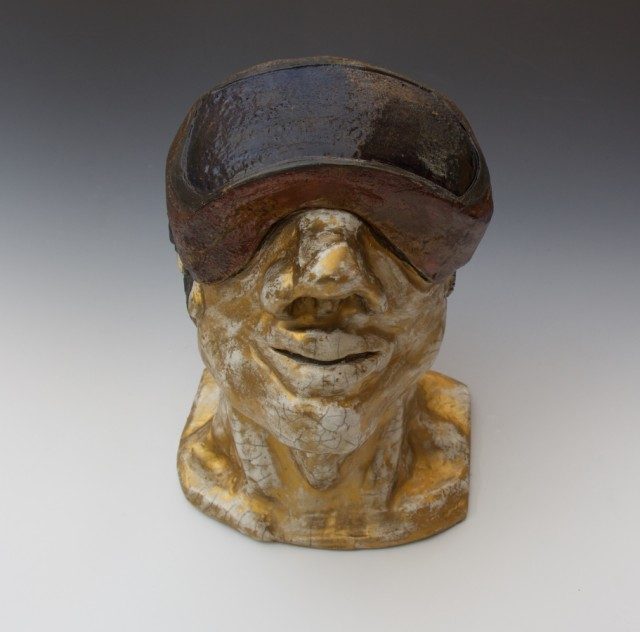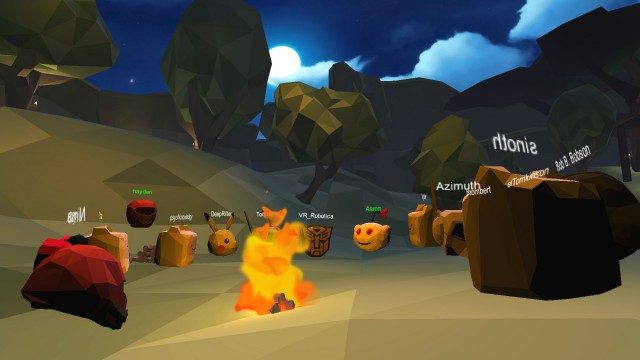UK code shop Codemasters have today released the latest instalment in their DiRT franchise named ‘Rally‘. The game is out to buy right now on Valve’s Steam Early Access program and it ‘ships’ with Oculus Rift support out of the box.
As a huge fan of the original Colin McRae Rally series by stalwart game developers Codemasters, I was somewhat dismayed to see the franchise ebb ever further away from it’s original rally driving roots. Well, McRae fans rejoice, because the rally is back, it’s on Steam Early Access and it may be Codemasters’ boldest gamble yet.

Continuing in the wake of the company’s previous experiments in VR support with last years release of GRID Autosport, DiRT Rally has shipped with Oculus Rift integration right out of the gate. It’s an extremely encouraging trend to see from such an established developer.
You can snag a copy right now as DiRT Rally represents the first title to be published by Codemasters under Steam’s Early Access program. It’s a bold move for an established company who’s survived countless generations of traditional computer gaming hardware. The team behind the game admit to some trepidation over the decision but that “…it’s really important to us that we make DiRT Rally the best game it can be and we can only do that with your help…”

The title currently offers 17 cars and 36 stages, more will be on the way though delivered (at least initially) for free. Make no mistake though, this is no Sega Rally in the handling department, DiRT Rally is about authenticity and is refreshingly unforgiving as a result.
Obviously we grabbed a copy as soon as I could so we’ll let you know how the VR support stacks up, but (ignoring the VR unfriendly menus) early impressions are good thus far.

